Latest
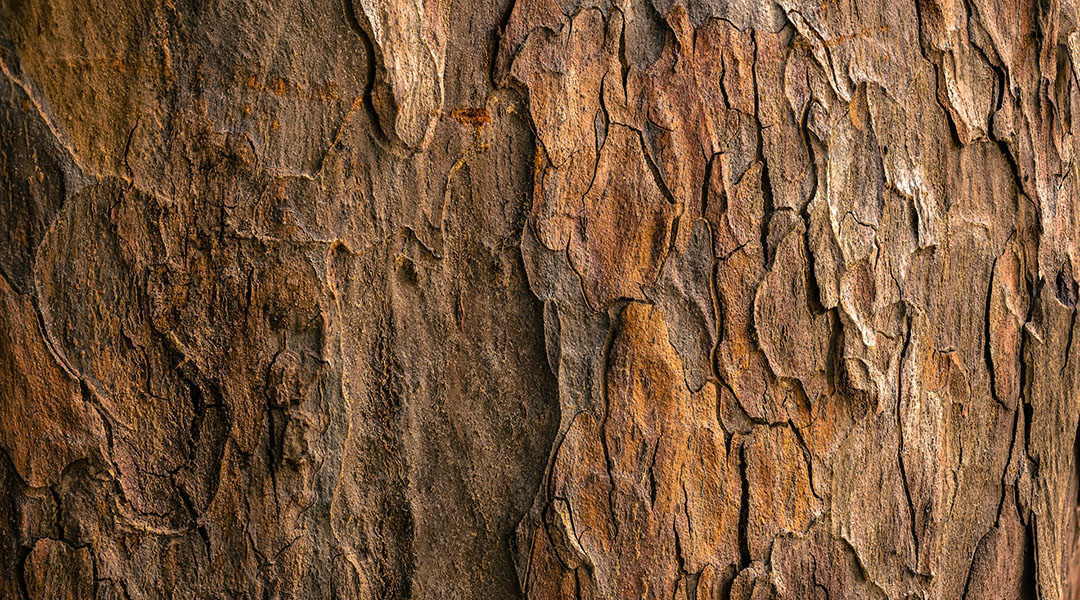
Molecules found in wood could make pesticides more efficient
Scientists in Finland have developed a method that can achieve a tenfold increase in pesticide retention on farmed crops.

Does regular blood donation have long-term benefits?
Regular blood donation may reduce preleukemic changes in blood cells, promoting health benefits and helping blood cells respond to stress over time.

Exploring quantum gravity with pendulums
If experimentally proven that gravity is classical, we will have to start from the beginning in a search for a satisfactory ontological picture of the world.

New algorithm unlocks the power of quantum machine learning
A new study targets feature selection, a key step in machine learning where the algorithm determines which parts of the input data are most relevant to making accurate predictions.
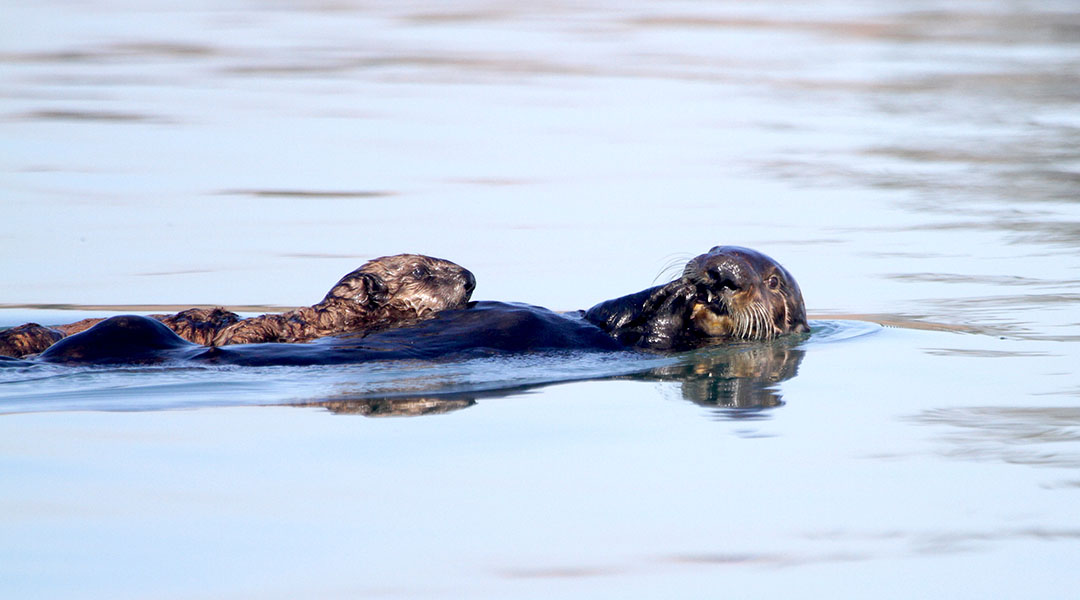
The hidden cost of human disturbance on California’s sea otters
A comprehensive study by Sea Otter Savvy reveals the significant energy costs of human disturbance on sea otters, highlighting the need for better conservation practices to protect these vulnerable marine mammals.

A new method to track skyrmions, tiny magnetic whirls formed by atomic magnetism
Harnessing skyrmions’ random motion and low energy requirements, this discovery could lead to more efficient and powerful computing technologies.
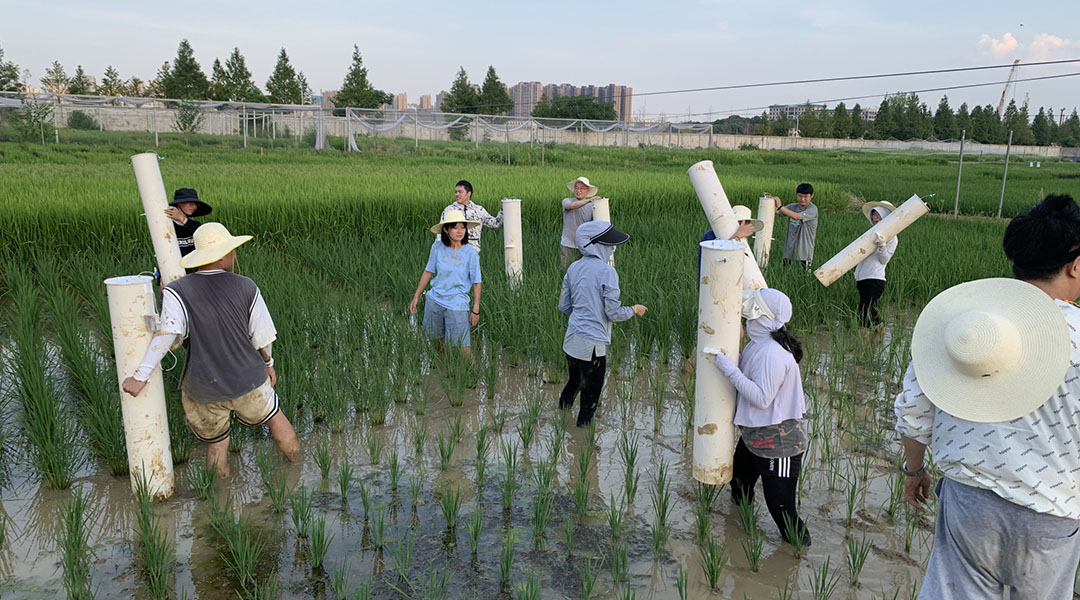
High yield, eco-friendly rice reduces methane emissions by 70%
A new rice variety that combines high yield with low methane emissions could help farmers tackle climate change.
ASN Weekly
Sign up for our weekly newsletter and receive the latest science news directly to your inbox.

String theory provides a new take on the expansion of the Universe
String theory could reshape our understanding of the Universe’s accelerating expansion and unlock the mysteries of dark energy.
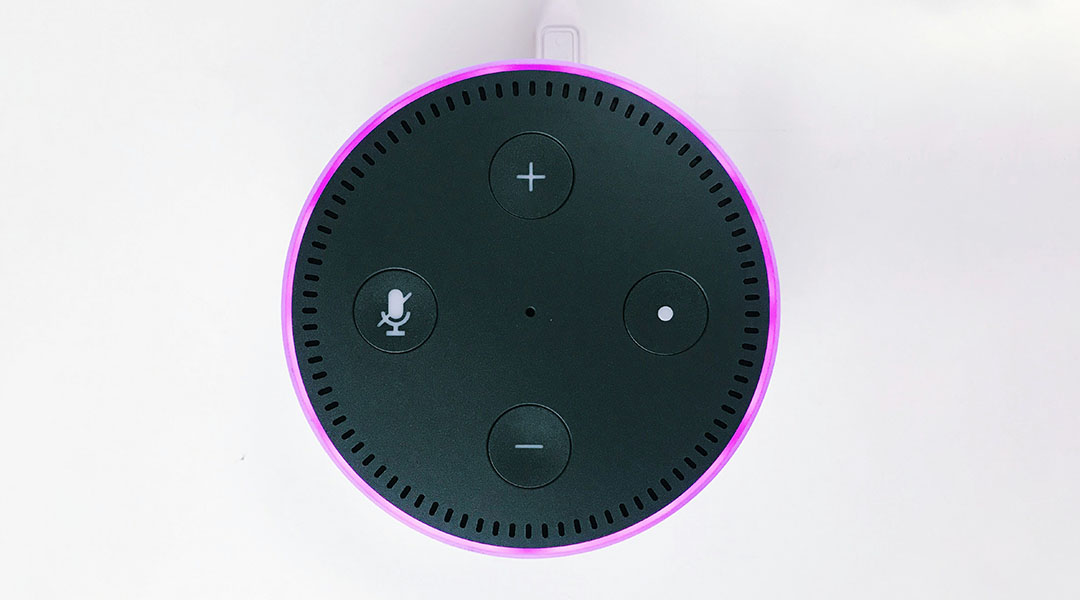
Do voice assistants help alleviate loneliness?
Scientists explored whether evidence backs up the growing belief that voice assistants like Alexa can alleviate loneliness, especially in the elderly.
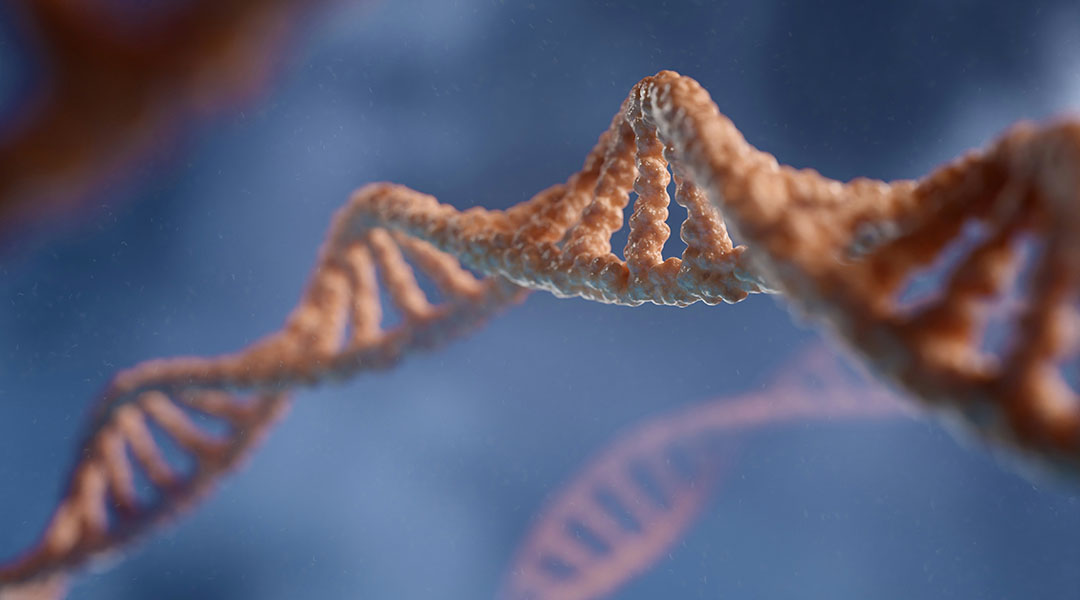
Researchers explain the intricate interactions that shape DNA organization
Scientists uncover how the complex interactions between nucleosomes influence DNA’s organization in chromosomes.

Newly discovered quantum object could usher in new era of technology
Once relegated to theory, a newly discovered quantum object could be used to create new devices that will outpace modern electronics.
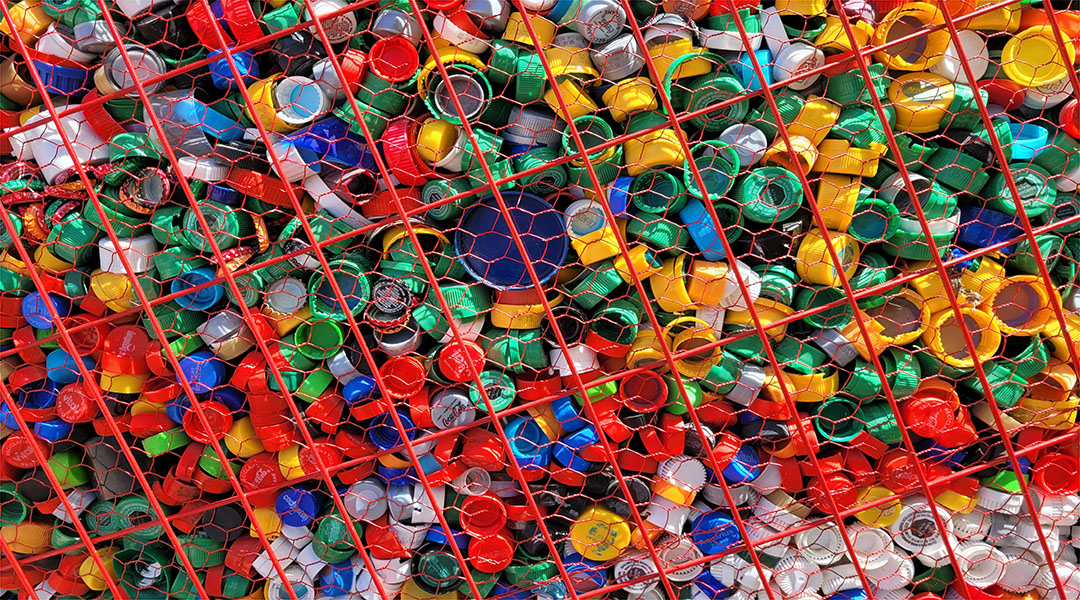
Bacteria in wastewater could be breaking plastics down for food
A common bacteria found growing on plastic in urban wastewater could provide new bioengineering solutions to clean up plastic waste.
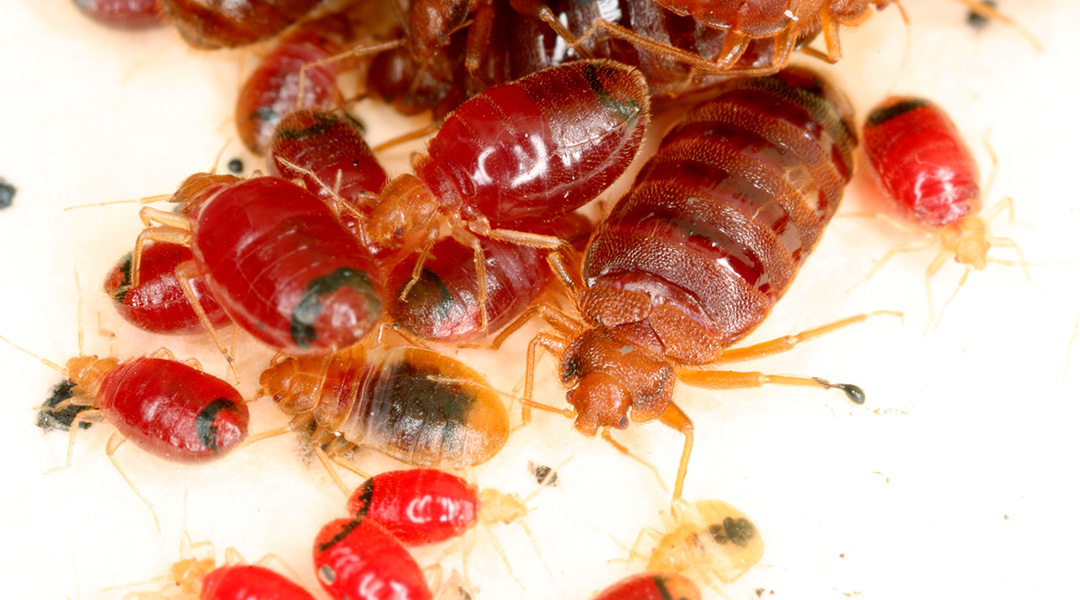
How bed bugs might help crack criminal cases
Forensic science may soon harness these blood-sucking pests, analyzing the blood they feed on to link suspects to crime scenes.

New radar system to help protect first responders in smoky situations
SmokeNav combines an inertial sensor and millimeter-wave radar to enhance situational awareness for first responders in hazardous conditions.

Cracking quantum hacking with flawed crystals
Scientists are using crystal imperfections to generate secure encryption, paving the way for quantum-resilient data protection.
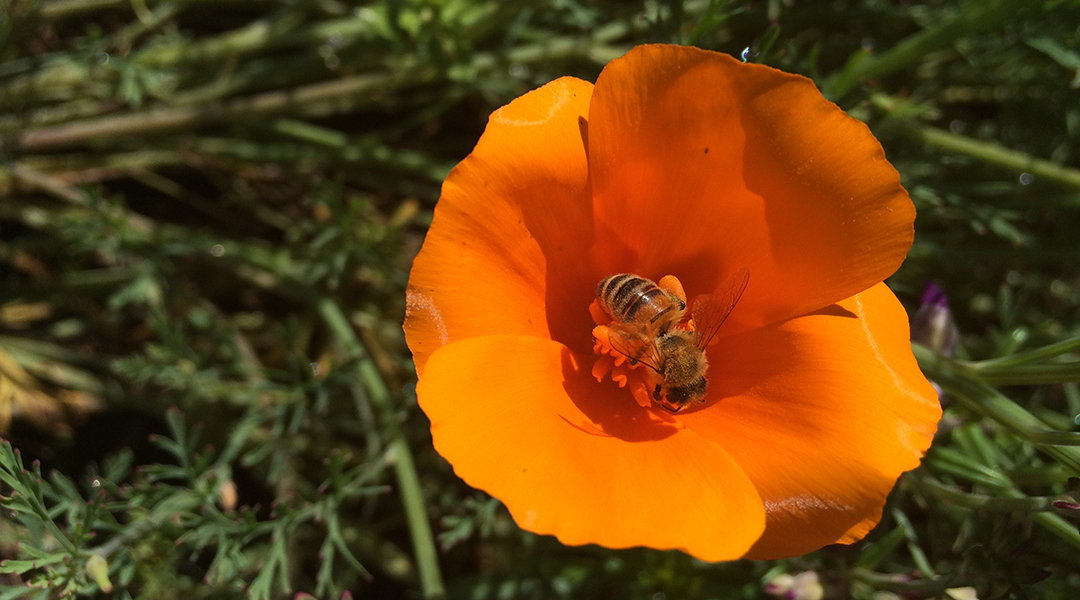
Honey bees boost crop pollination, but at a cost to wild bees
Honey bees compete with wild bees for resources in croplands, but nutritious wildflower plantings can mitigate these effects.
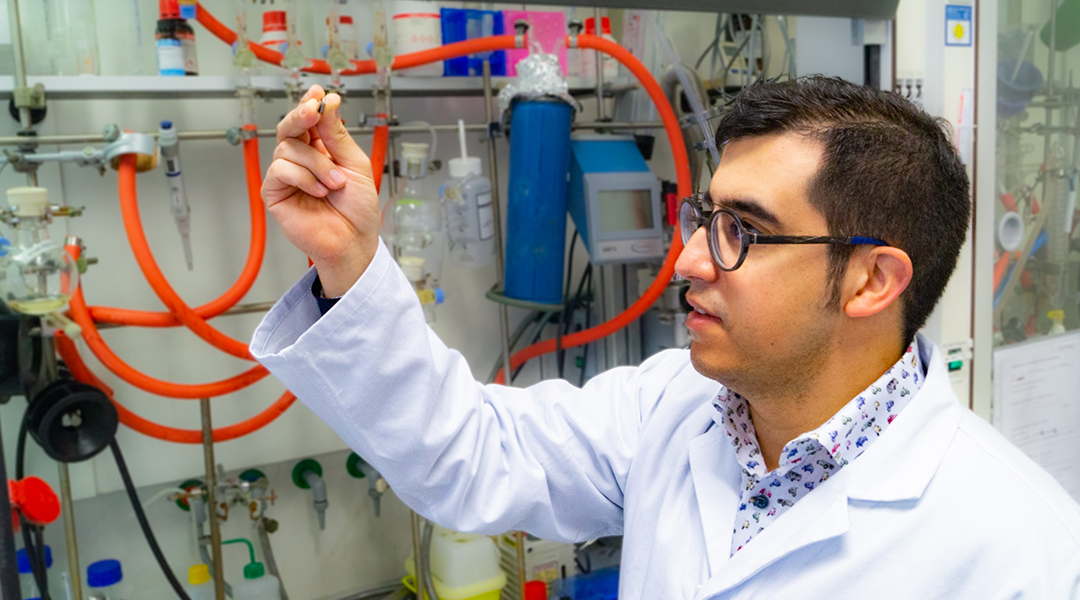
César Rodriguez-Emmenegger: “Be passionate, creative, and bold”
Through innovative, interdisciplinary work, chemist César Rodriguez-Emmenegger is seeking a way to communicate with biological systems.
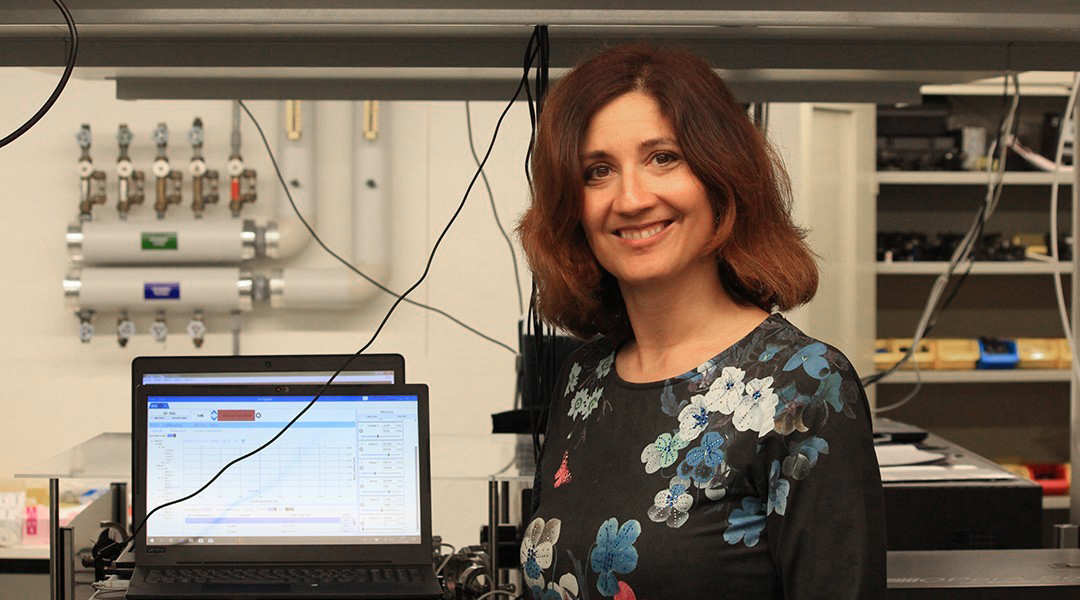
Natalie Banerji: “You do not go very far by yourself”
At the interface of light and matter, Natalie Banerji is using spectroscopy to advance technologies such as solar cells and bioelectronics.
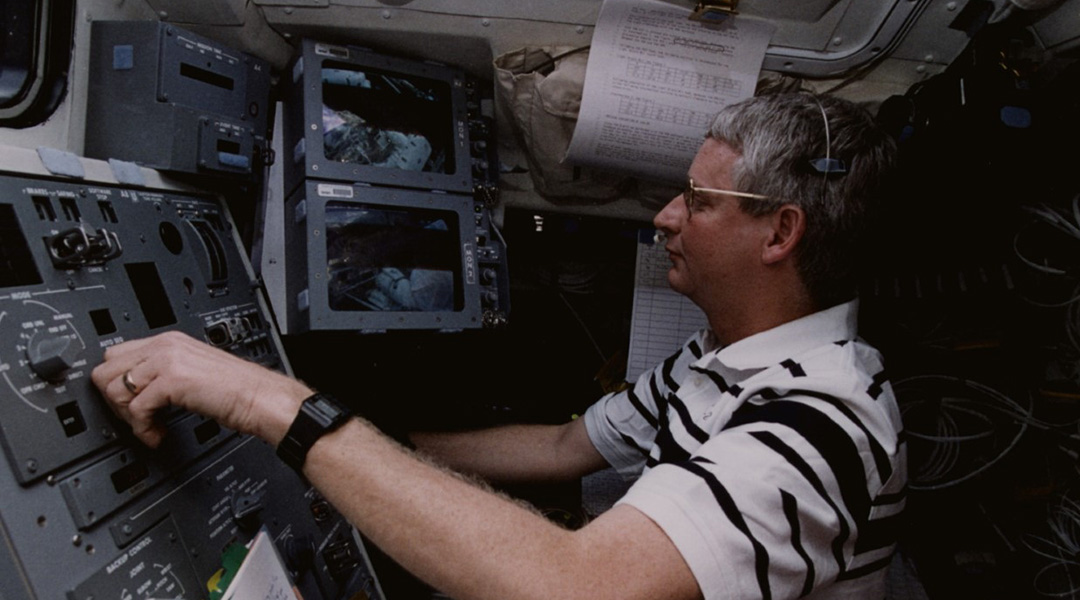
Steven Hawley: “I’ve always enjoyed the progress we made”
Astrophysicist and retired NASA astronaut Steven Hawley takes us through his fascinating career.
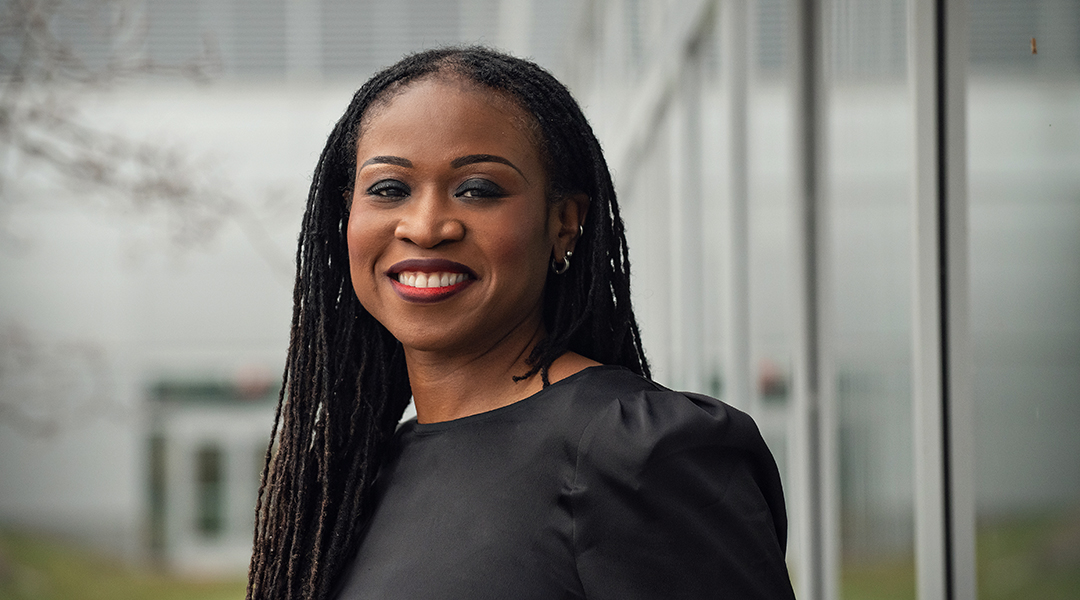
Lola Eniola-Adefeso: “When you feel you belong, everything becomes easy to tackle”
Chemical engineer and STEM advocate Lola Eniola-Adefeso deciphers components of the blood and designs therapeutic particles to help treat disease.
No Results Found
The page you requested could not be found. Try refining your search, or use the navigation above to locate the post.
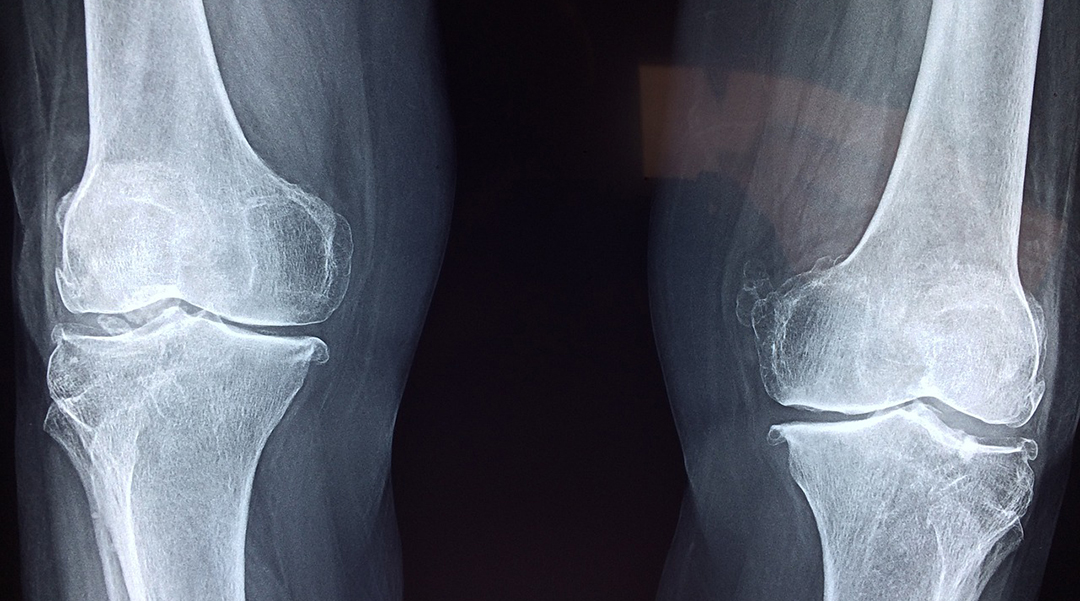
Chirality could be the key to successful bone repair
Bone implants integrate better with the body when they mimic the natural handiness of molecules that make up our bones.

Computer system helps scientists understand how cancer could be reversed
BENEIN is a computer network that can identify the master regulators that cause normal cells to go cancerous.
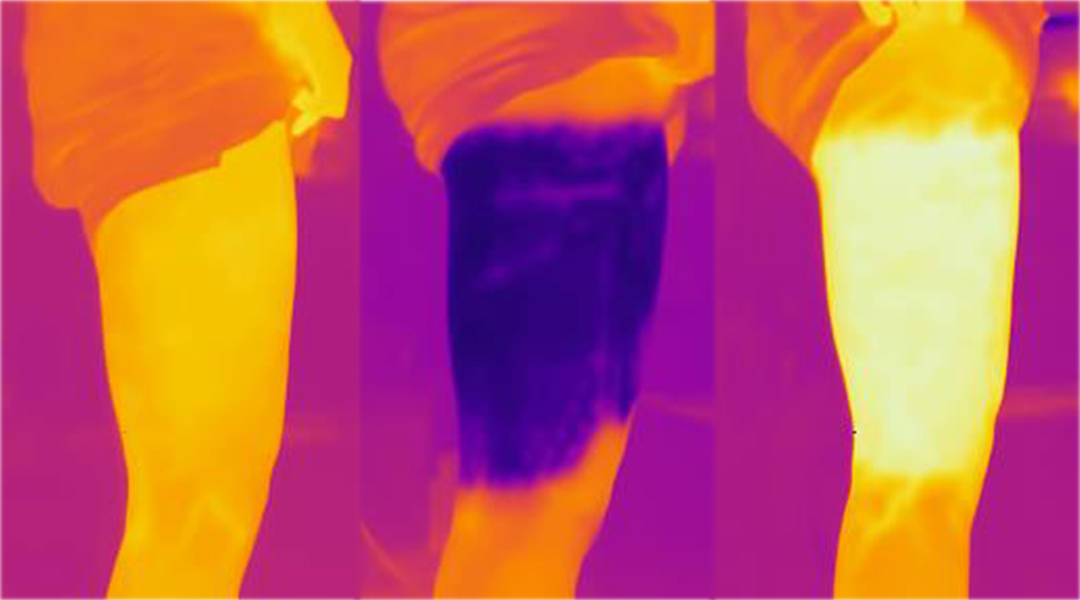
COOLWEAR: Water immersion therapy without waste
The fluidic wearable device is less wasteful when it comes to water, but equally effective alternative to water immersion therapy.
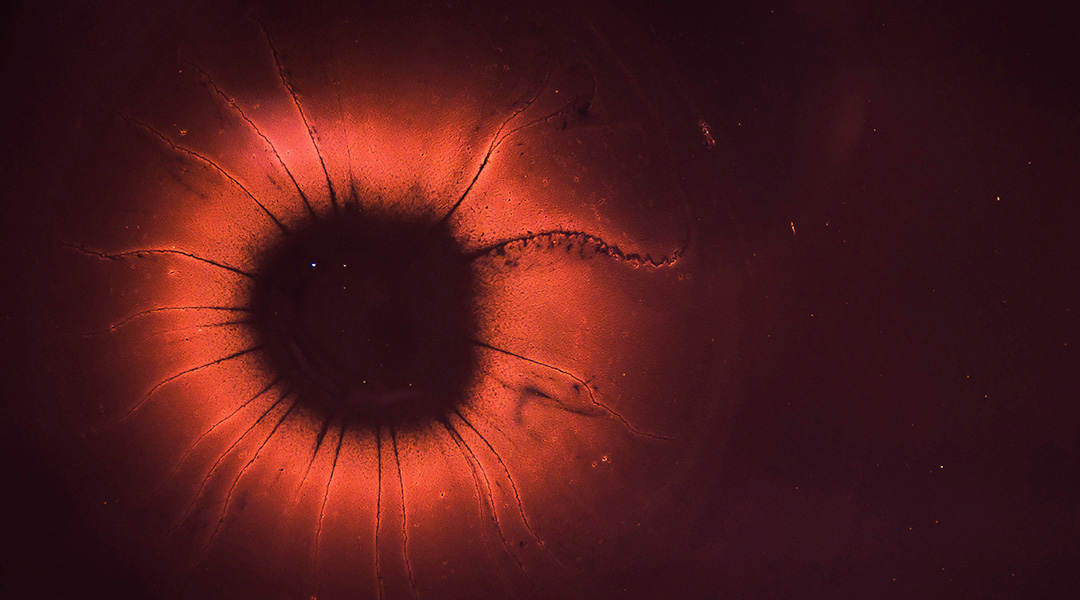
Study finds zombie cells may play a role in aging
Cells that can no longer divide may play a role in the chronic inflammation that weakens the immune system and contributes to aging.
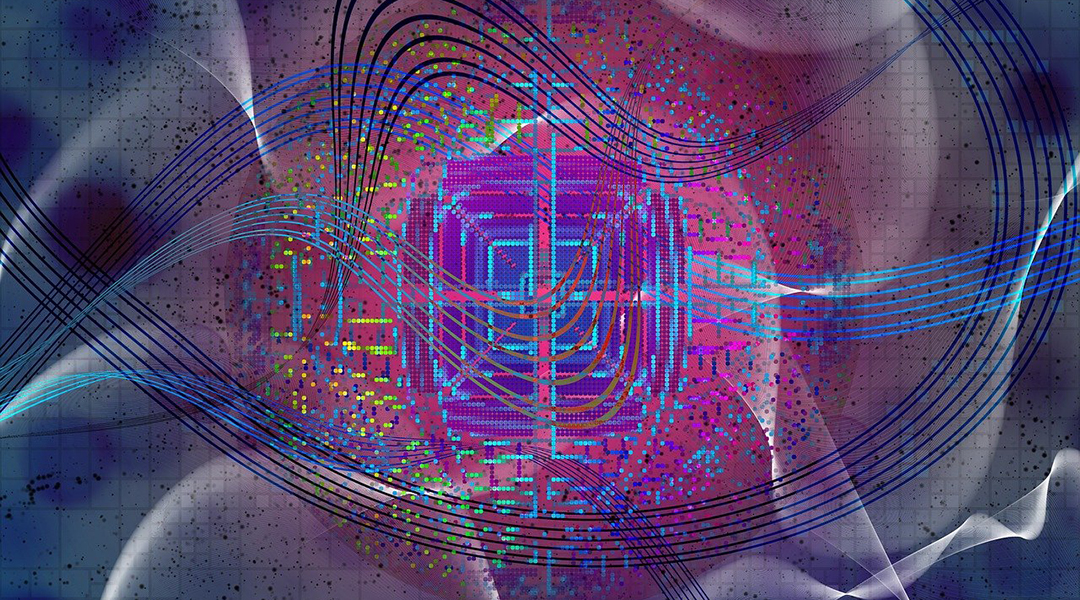
New antenna design promises major advances in quantum sensing
An antenna designed to create an optimized magnetic field puts electrons into the required quantum states for quantum sensing devices.
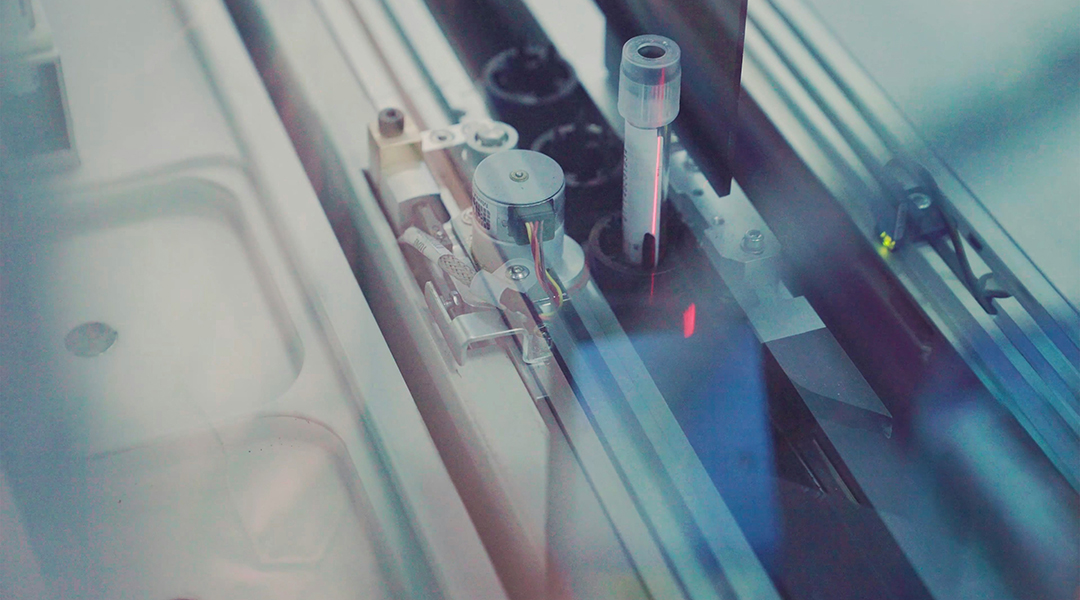
How do we balance the risks and rewards of using AI in the lab?
AI might be fast and efficient, but scientists still don’t know whether integrating it with cloud-based labs will be worth the rewards.
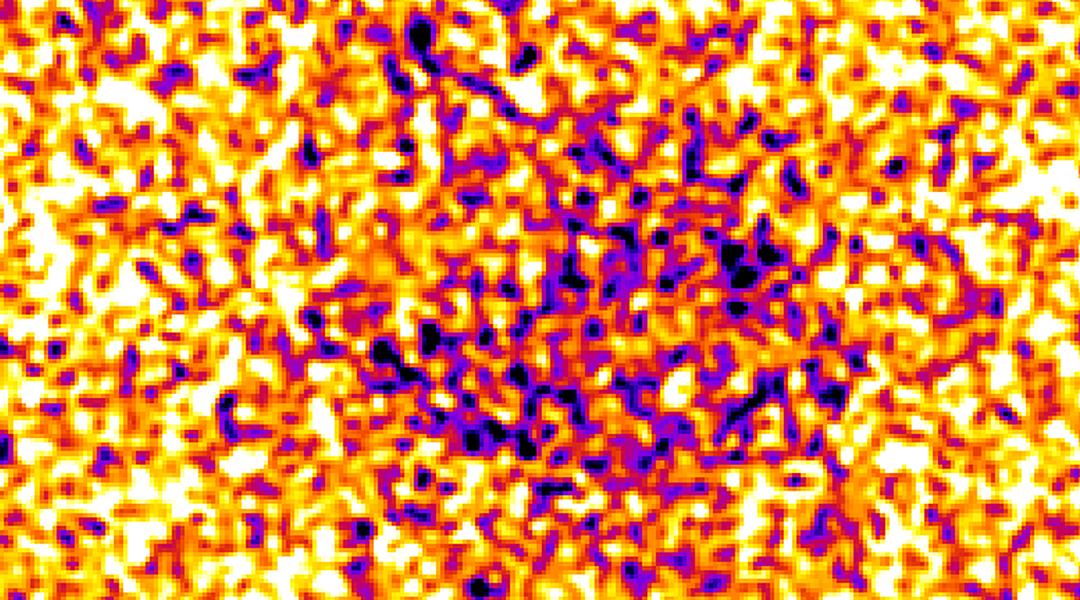
Live imaging of nanoscale biological processes achieved for the first time
Scientists have built a microscope capable of live imaging of biological processes in such detail that moving protein complexes are visible.
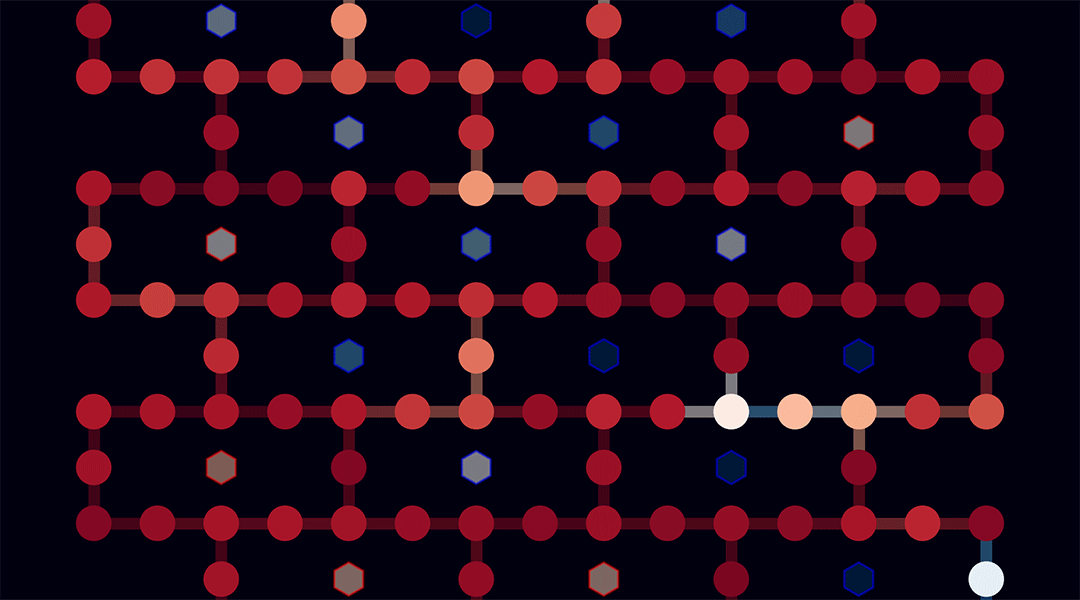
Which quantum computer leads the pack? Benchmarking entanglement could give the answer
Researchers have developed a new method to benchmark quantum computers by measuring their ability to create entangled qubit states.

Scientists report airborne bacteria found in garbage may age our blood vessels
Pathogenic bioaerosols detected at household garbage collection sites may contribute to vascular aging with high chronic exposure.
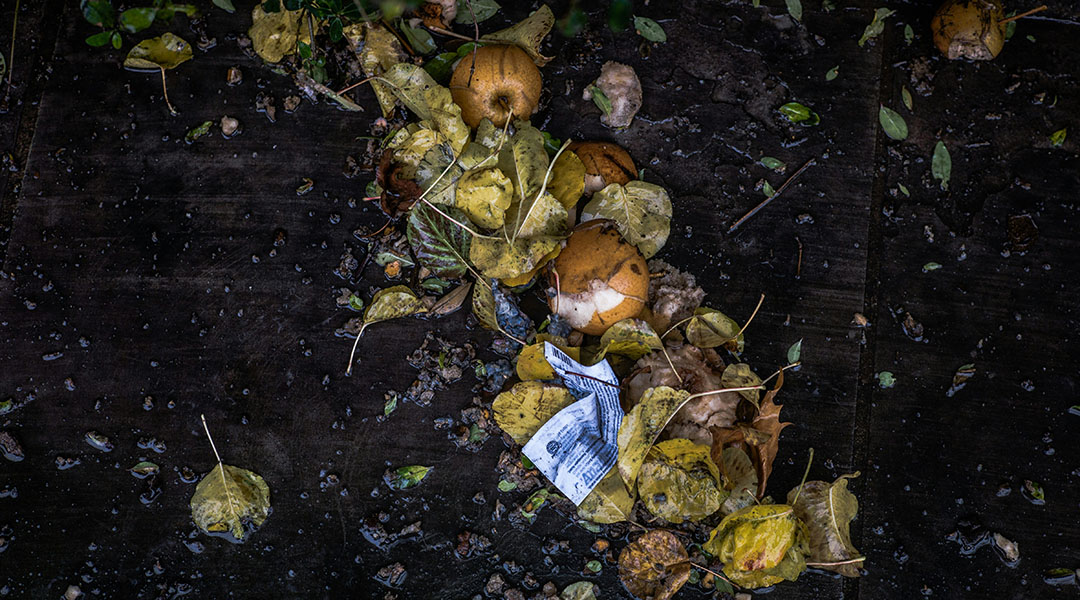
Biowaste finds new life in energy-harvesting devices
In the future, small electronics could be powered by fallen leaves, shed fur, and other waste materials found in nature.

Bacteria in wastewater could be breaking plastics down for food
A common bacteria found growing on plastic in urban wastewater could provide new bioengineering solutions to clean up plastic waste.
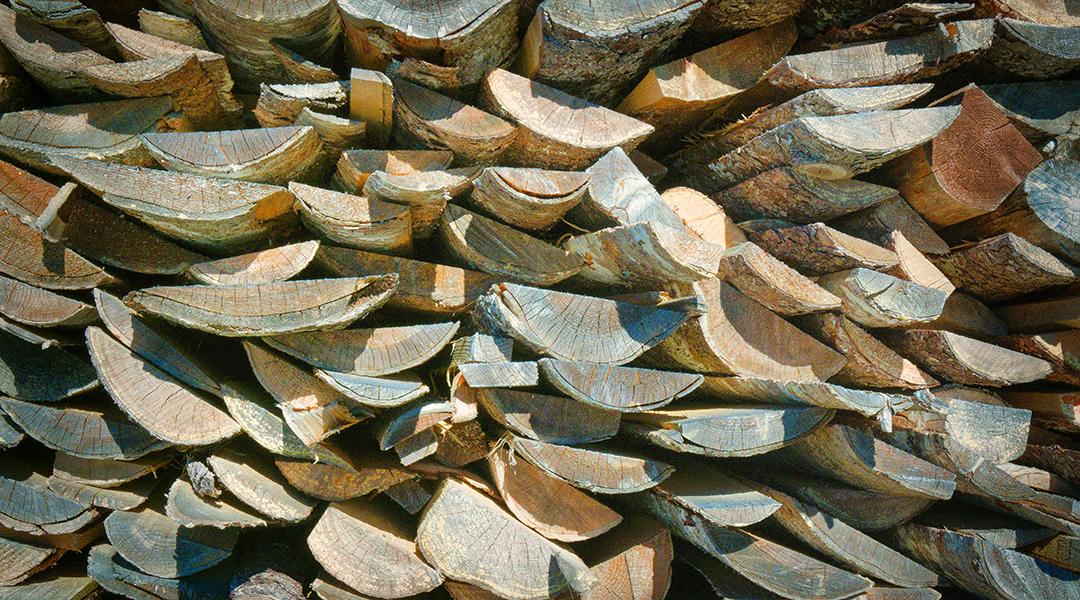
How carbon dioxide and biomass could become resilient, sustainable food sources
As valuable resources dwindle and environmental risks loom, reducing our dependence on traditional agriculture is becoming necessary.

Scientists take a closer look at rare particles called hypernuclei
Scientists use cutting-edge techniques to study rare atomic systems called hypernuclei shedding light on subatomic forces and neutron stars.

Hollow planets could help find primordial black holes
Small primordial black holes could have consumed the interiors of planets or asteroids, leaving their outer shells intact.

Metasurfaces could shrink spectrometers, transforming how we observe the Universe
Metasurfaces to detect terahertz radiation are making spectrometers smaller, lighter, and more efficient for space travel.

Black hole images deliver a deathblow to alternative theory of gravity
Images of the supermassive black holes wouldn’t have been possible if mimetic gravity was the right recipe for gravity.
